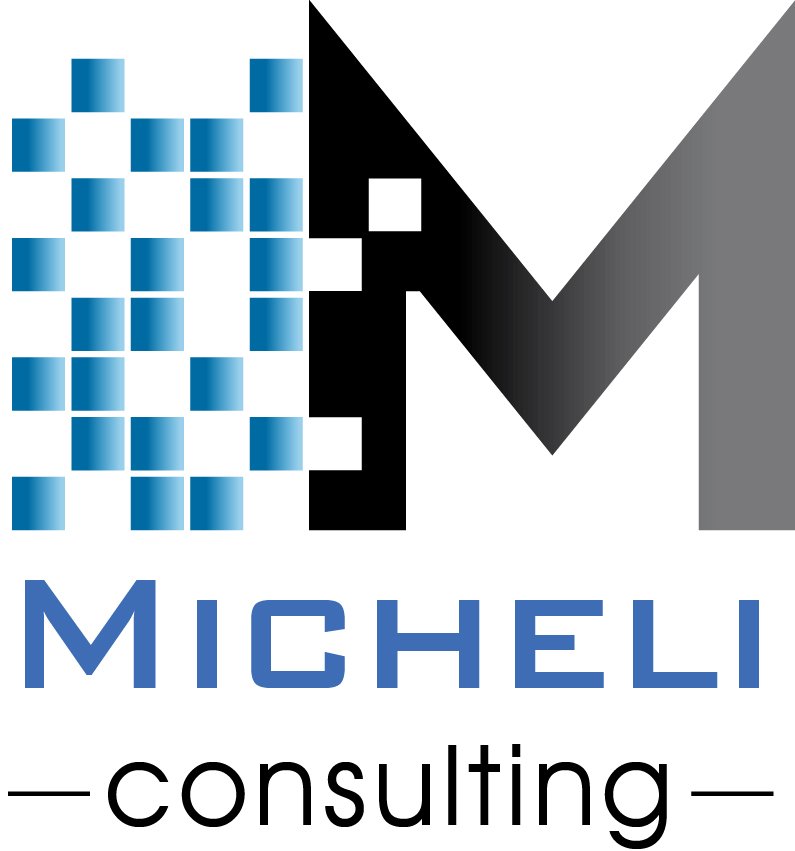Originally posted 9-16-2011:
I think the push to move healthcare to become less paper based to more electronic systems is a positive one. I believe it allows clinicians to gather and view data to make quicker clinical decisions. With increased interoperability, the continuity of patient care will improve. And electronic systems can store data in a way to identify different health trends sooner than could be done sorting through paper. All of this helps improve safety and patient outcomes.
But technology cannot be treated as a silver bullet make healthcare safer. This blog post does an nice job of summarize how technology can actually cause harm. The post references an LA Times article from the early summer about an infant that received an accidental overdose of Sodium Chloride. The article goes on to highlight other situations where a patient was harmed due to a technology problem. Dr. Kaushal's quote in the article really caught my attention: "We see problems much more often than we would like because many health information systems are poorly designed and difficult for doctors and nurses to use.”
One thing we need to remember is technology is just part of the healthcare work system. Clinicians do not and cannot work in a vacuum with technology. I have said this a few times, but healthcare technology needs to fit into the system in a way to avoid patient harm. One key is to have well designed and well implemented technology to fit into the system to avoid errors.
This is why I was excited to see the EMR Usability Guidelines floating around this summer. The emphasis on well designed healthcare software continues to grow. Improved usability will not solve all of the Patient Safety problems, but it will be an an important piece of the bigger puzzle for better patient outcomes.
I think the push to move healthcare to become less paper based to more electronic systems is a positive one. I believe it allows clinicians to gather and view data to make quicker clinical decisions. With increased interoperability, the continuity of patient care will improve. And electronic systems can store data in a way to identify different health trends sooner than could be done sorting through paper. All of this helps improve safety and patient outcomes.
But technology cannot be treated as a silver bullet make healthcare safer. This blog post does an nice job of summarize how technology can actually cause harm. The post references an LA Times article from the early summer about an infant that received an accidental overdose of Sodium Chloride. The article goes on to highlight other situations where a patient was harmed due to a technology problem. Dr. Kaushal's quote in the article really caught my attention: "We see problems much more often than we would like because many health information systems are poorly designed and difficult for doctors and nurses to use.”
One thing we need to remember is technology is just part of the healthcare work system. Clinicians do not and cannot work in a vacuum with technology. I have said this a few times, but healthcare technology needs to fit into the system in a way to avoid patient harm. One key is to have well designed and well implemented technology to fit into the system to avoid errors.
This is why I was excited to see the EMR Usability Guidelines floating around this summer. The emphasis on well designed healthcare software continues to grow. Improved usability will not solve all of the Patient Safety problems, but it will be an an important piece of the bigger puzzle for better patient outcomes.
